
Movie/TV
12:39, 11-Jun-2019
Shanghai style: Discovering 'Haipai' films and culture
Updated
13:50, 11-Jun-2019
By Ye Qing
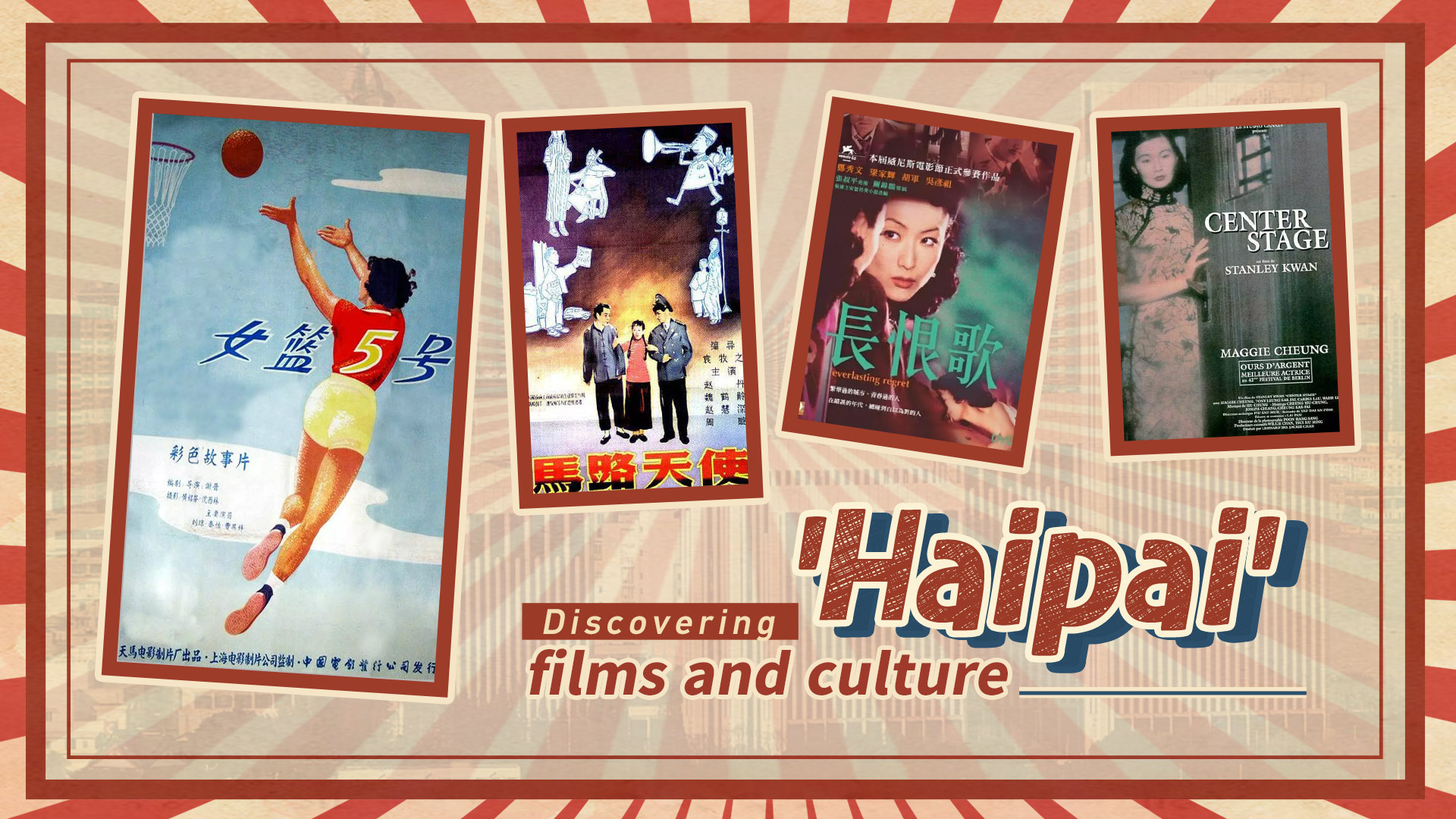
The annual Shanghai International Film Festival (SIFF), which opens in Shanghai on June 14, will feature domestic and international works, as well as reprints of local classics, and some "Haipai" films are once again in the public eye.
Shanghai is one of the cultural centers of China. Shanghai's culture is called "Haipai" culture, which literally means "Shanghai style" in Mandarin.
Haipai culture is rooted in the traditional culture of southern China, and became integrated with the cultures of western Europe and the U.S. since the opening of the port, gradually forming the unique culture of Shanghai.
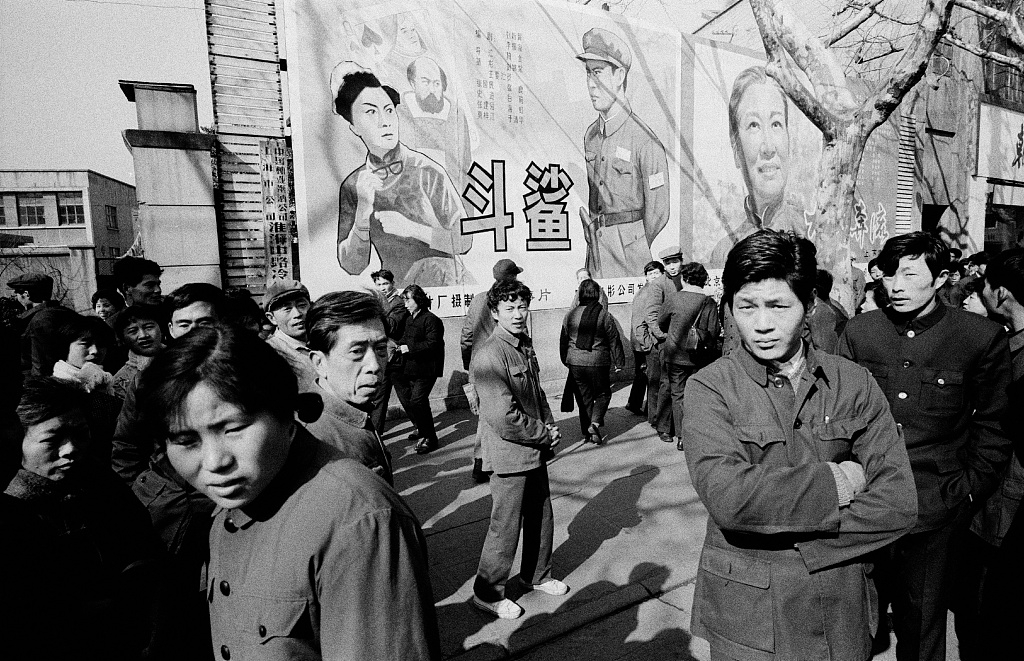
A crowd of people in front of movie posters in February 1979 in Shanghai, China. /VCG Photo
A crowd of people in front of movie posters in February 1979 in Shanghai, China. /VCG Photo
Cinema was introduced to Shanghai in 1896, and China's local film industry started from commercial screenings.
Chinese cinema originated in Shanghai, with the vibrant city changing a great deal in the early 20th century. The lives of locals changed accordingly, and the city's development was captured and presented on film in a real and vivid way.
For example, in "Street Angel," released in 1937, social themes from that time are presented through many visual metaphors.
The beginning and end of the film are set in the former Cathay Hotel or Sassoon House on the Bund in Shanghai. Because the film focuses on telling the story of the little people at the bottom of society, the magnificent buildings provide a sharp contrast to the poor lives of the main characters. Today, the musical interludes of the film, "The Song of Four Seasons" and "The Wandering Songstress," sung by Zhou Xuan, are well known.
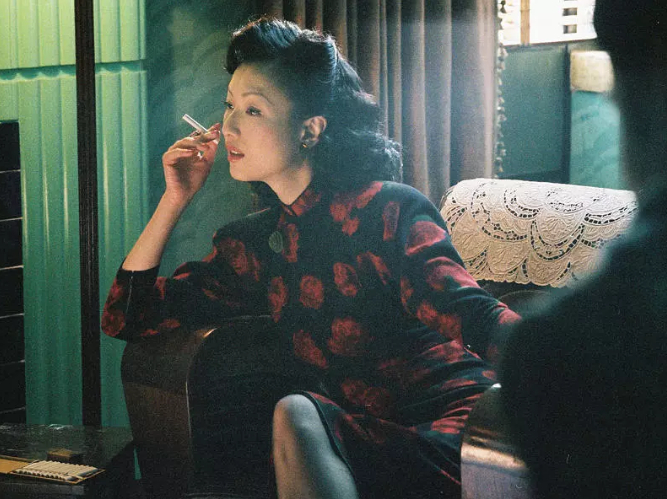
A still photo from "Everlasting Regret." /Douban.com Photo
A still photo from "Everlasting Regret." /Douban.com Photo
Haipai films reflect on society and urban life in Shanghai. "Longtang" (lane in Shanghainese) culture, is a realistic portrayal of the living conditions of Shanghai residents. Neighborhood relations, emotions, lives and so on are vividly reflected in the Longtang environment.
For example, in the movie "Everlasting Regret," a 2005 film directed by Stanley Kwan, Shanghai Longtang culture is described at great length.
As a modern metropolis in China, Shanghai has gathered many world-class advanced technologies and scientific and technological achievements and formed a unique aesthetic experience influenced by Western culture.
For example, after the founding of the People's Republic of China in 1949, the first sports film "Woman Basketball Player No. 5," a 1957 film directed by Xie Jin, is from Shanghai.
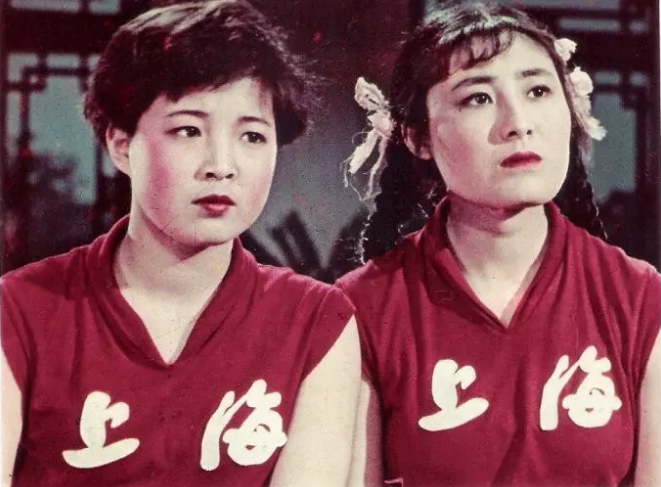
A still photo from "Woman Basketball Player No. 5." /Douban.com Photo
A still photo from "Woman Basketball Player No. 5." /Douban.com Photo
This film is not only innovative in terms of its theme, but also in terms of its plot and story development, making it a classic in the history of Chinese cinema.
After 1949, many Shanghai film companies and filmmakers who moved to Hong Kong still retained and continued the Shanghai aesthetic style, production methods and market-oriented operation mode of many "Shanghai films."
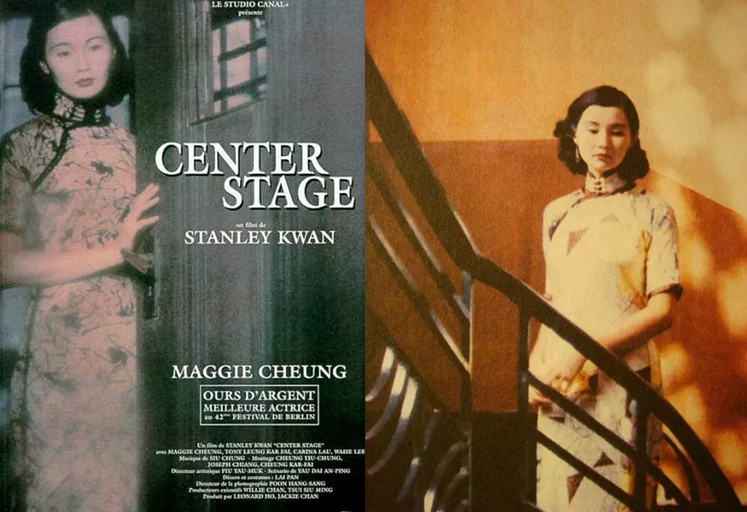
Posters from "Center Stage." /Douban.com Photo
Posters from "Center Stage." /Douban.com Photo
Especially since China's reform and opening-up, Hong Kong has established a close relationship with Shanghai, re-weaving historical drama in the film industry together.
Some directors in Hong Kong have tried to dig into the core of Shanghai culture through evoking historical images and memories of old Shanghai. Director Stanley Kwan tried to explore the legend of Ruan Lingyu, a movie star in the 1930s, by shooting "Center Stage."
The film integrates a large number of documentary images, actor performances and real interviews. The description of Shanghai's regional culture and urban life in the 1930s is in line with the regional and aesthetic style of Shanghai films.
(Cover image made by Du Chenxin)

SITEMAP
Copyright © 2018 CGTN. Beijing ICP prepared NO.16065310-3
Copyright © 2018 CGTN. Beijing ICP prepared NO.16065310-3